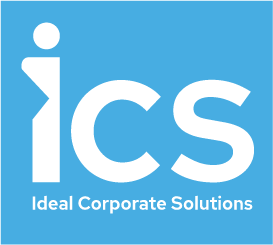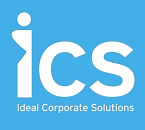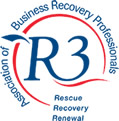ICS Bulletin for Professionals: Non-Borrowing Option
Apr 30, 2020

Welcome to our bulletin
When we decided to put together a series of bulletins, we were conscious that your inbox (if anything like ours) would be receiving daily updates from a range of professional organisations, particularly regarding information that you would have no doubt researched yourself. What we want to do is provide you with some practical points from a restructuring & insolvency perspective which we hope you will find beneficial when considering options for clients.
As we now approach the 6th week of lockdown, our 2nd professionals’ bulletin carries one principal message, CVA as a non-borrowing option.
First though, we would like to announce the launch of the new section of our website regarding Personal Guarantees, including some FAQs, which we hope you will find useful as a point of reference when advising clients. Please have a look around, any feedback is welcome and if there are any other questions you would like us to answer please just let us know.
CVA as a Non-Borrowing Option
So, your client has attempted to keep the business afloat through essential cuts, furloughing staff, DIY debt management with suppliers and has made use of the various initiatives promoted by HMRC including VAT deferral as well as considered a formal Time to Pay Arrangement. They may have applied for CBILS and been rejected or, before straddling the recovering business with further debt (which may require a PG), your client wants to consider other business rescue options to save the business which does not require debt finance.
As an alternative, the option of a CVA provides a framework from which the company can be rescued and kept alive, remaining under the control of the existing management and avoiding formal insolvency. When advising clients on options, here are some key factors to consider: -
• No PG required in a CVA; no additional debt needs to be taken on by the business
• A CVA ring fences all unsecured debt and protects creditors from taking enforcement action
• CVA payments are usually based on forecasted future profits
• CVAs typically allow up to 5 years to pay creditors and can allow for a % of debt write off
• CVA terms can also be based on a lump sum payment(s) or 3rd party payment(s)
• If there are surplus assets, an organised / controlled sale can form the basis of the CVA
• If PGs have already been given, a CVA could mitigate PG exposure to directors
• The CVA allows the company to retain key operational assets to enable it to continue to trade
• Usually a charge holder would not appoint an Administrator if a CVA is accepted
• It is possible to “buy out” the CVA early through a variation to the arrangement with creditors
• Packaging up unsecured debt in a CVA makes the company a better prospect for investment
• With all unsecured debt ring fenced in a CVA, it is easier to obtain additional funding
• A CVA is a company rescue procedure, directors remain in control and there is no investigation
• For sole traders, the above can be applied through an IVA
You can find some further information on the CVA section of our website.
As always, as part of any advice given – we would review all available options, including insolvency solutions which would provide business owners with a clean start as a comparative outcome, and provide our recommendations as to what would be the most appropriate solution in any given circumstance.
Speak to us
We are here to speak to whenever you like. We can set up a video conference between us, you and your client to deal with pressing matters and to bounce around ideas. As always, we don’t charge for initial advice and all our discussions are in the strictest of confidence.
Andy - 07812 338252 / andrew.rosler@idealcs.co.uk
Tom - 07795 196619 / tom.bowes@idealcs.co.uk



